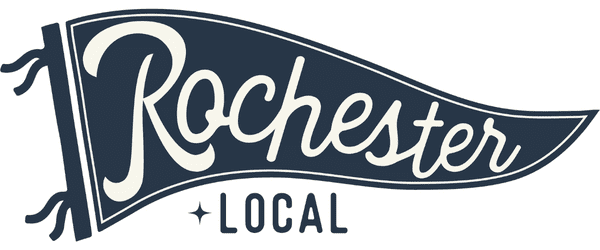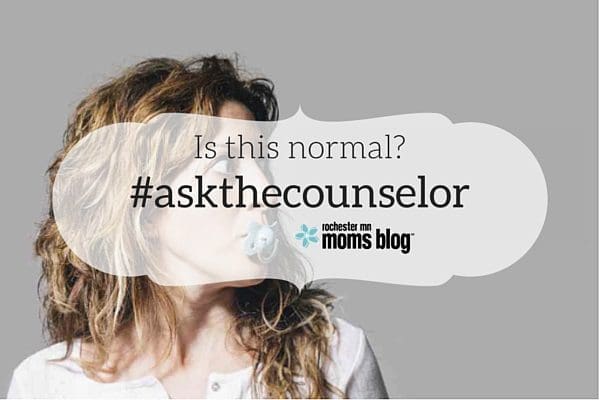The following question was asked by a Rochester MN Moms Blog reader:
“As a mom I’m always concerned for my kid’s wellbeing. I don’t want to be an anxious mom who teaches her kids to be afraid. How do I balance this?”
Great question mom!
I think anxious moms are awesome! Anxious moms (AMs) have so many gifts to give their children. AMs have an intimate understanding of fear and it is so cool to see how it guides them through their unique expression of parenting.
The end goal of the parenting role is to create autonomous kiddos! So, how can fear be helpful in teaching kids how to be self-directed, self-sufficient, and independent?
3 ways fear is helpful:
- Fear aids in the development of a child’s moral aptitude or sense of right and wrong. A person who is completely devoid of fear is not likely to be a well-adjusted member of society. Having a healthy dose of fear aids in building a solid moral foundation.
- Fear alerts you to possible dangers. We want our kids to be wary of strangers and harmful situations. Learning safety is an important part of healthy self-esteem development.
- Fear builds confidence and inspires action. Being fearful is an ingredient of bravery. Fear facilitates risks taking and pushing boundaries. Fear is place from which a person can discover great strength.
3 alerts that fear is NOT helpful
“Fear is the brain’s way of telling you there is something important to overcome.”
- When fear encourages you to avoid activities, people, and/or places.
- When fear starts shaming you by telling you over and over again there is something fundamentally wrong with you. Fear’s job isn’t to make you feel inadequate. Its job is to motivate you to action.
- When fear becomes exaggerated or prolonged. The brain’s fear response is intended to be short and in proportion to the crisis.
3 activities to encourage healthy fear coping
- Label: Give your fear a name. You can have your kids draw a picture of what their fear looks like and then give it a name. Sometimes with kids, I will have them make fear friends out clay and give their fear friend a name. For example, Abe is a fear friend who is scared the monsters underneath his bed. Engaging your child in positive conversations about their fears helps them to realistic assess their fears.
- Assess: Evaluate if your fear is a pretend fear or a real fear. Pretend fears are illusionary and outside of your control. Prolonged worry usually signals a fictitious fear. Real fears are realistic. You can do something about them. Realistic fear is action orientated and you set achievable goals to “overcome”.
- Develop Action Steps: Write down 3 to 5 steps you can take overcome your fear. Make note of supportive people who can help you with each step. When working with fear it is good to have your action steps be SMART: specific, measurable, achievable, relevant, and time- bound. Click here for a SMART Goals worksheet from Flourish.
Learning to understand your own fears is a great stepping stone to teaching your kids how to be friends with fear. It’s okay to be afraid. You’re doing great mom!
Let me know if there is anything else I can do for you!
allison jean loftus MA, LPC @ Flourish Counseling Center


